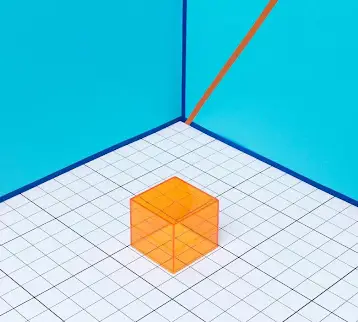|
While previous models of the “Mark” system required specialized hardware to operate, Mark III can process 3D images using a standard graphics processor, so that the system can be used on gaming consoles and desktop PCs with existing graphics cards. For the new version, scientists have redesigned an acousto-optic modulator, often used in telecommunication systems, in order to provide an affordable product that can display high-resolution holograms. The modulator, which reproduces interference patterns that encode information about the projected object, directs light from lasers to form the hologram. Its optimized model, about half the size of a postage stamp, has an increased bandwidth and is less expensive than those used in older systems.
Mark III is significantly smaller than its earlier versions, mainly thanks to the removal of large optical components that were an integral part of the previous Mark II and Mark I video systems. Researchers say they succeeded in achieving resolution similar to a standard analog television, creating a product suitable for displaying films and video games. Holographic video displays capable of producing 3D models of objects in real-time, could provide solutions for improved viewing of complex multidimensional data, such as medical images, like magnetic resonance images (MRIs) and computerized tomography scans (CTs).
|
One of the main challenges in developing a consumer-oriented holographic video system is providing a sufficient hologram size. The images created by Mark III are about the size of a palm of a human hand, and experts say this problem needs to be addressed before the product can reach the consumer market. Another important issue MIT scientists are currently focusing on is the quality of the produced holograms. Today’s images are monochromatic, and this is a major setback of incorporating this technology in commercial applications where customers demand multi-colored, high-definition quality video.
Bove and his team are currently working on their fourth generation of holographic video systems in which the display will be able to project high-quality images using a full range of colors. Mark IV, which the scientists hope to develop within the next couple of years, is expected to use a set of red, blue and green semiconductor lasers to project HD, colorful videos. Experts say that if successfully developed, holographic video could be the next big thing in medical viewing techniques and in video games, and may even revolutionize the way we watch television.
TFOT has covered several other advanced display technologies including the Perspecta Spatial 3-D System, IO2 Technology’s Heliodisplay Floating Display and more recently, the 360-Degree Holographic Display from the University of Southern California.












